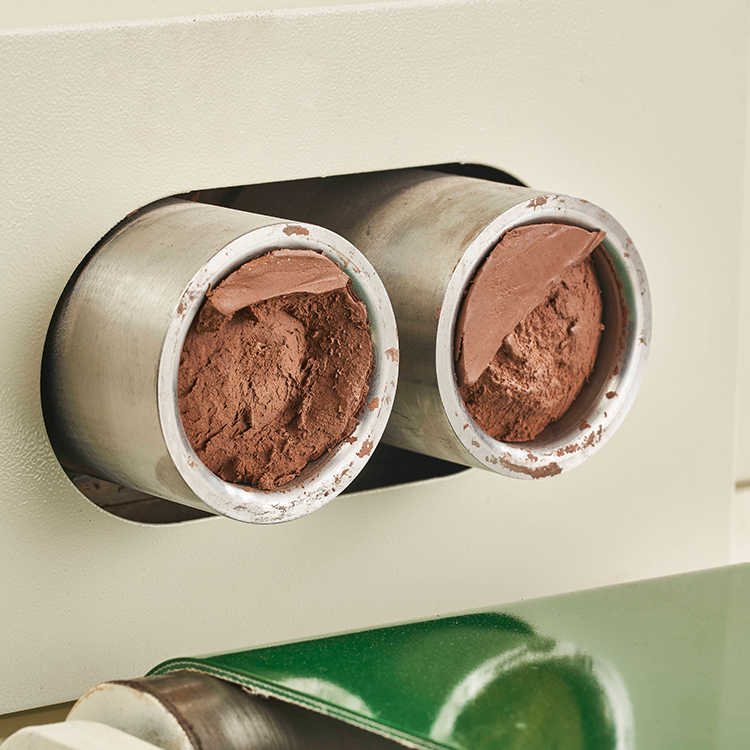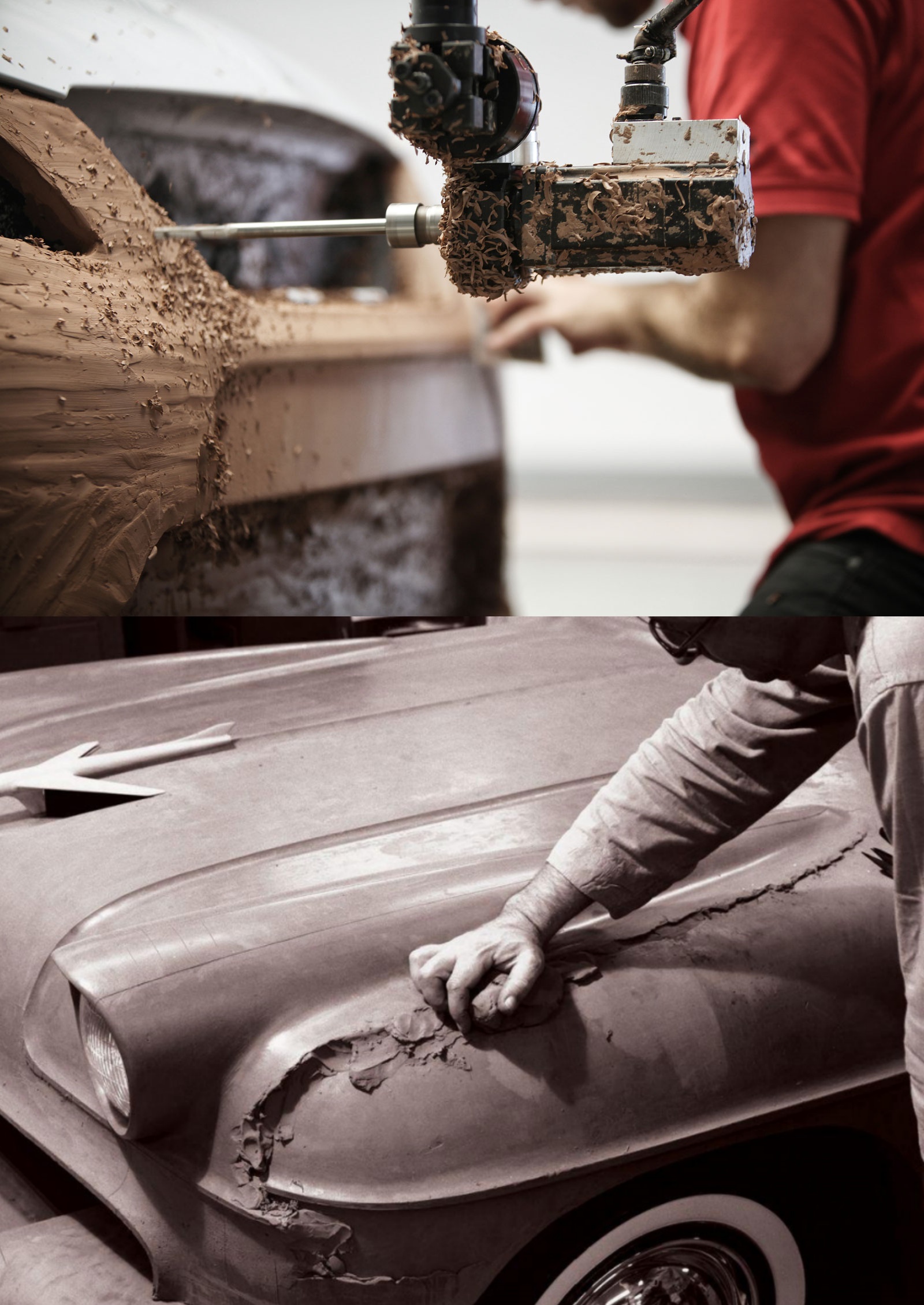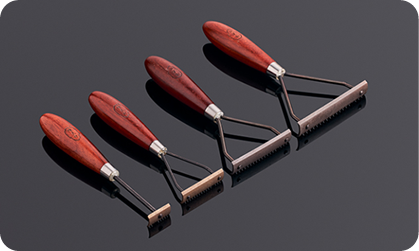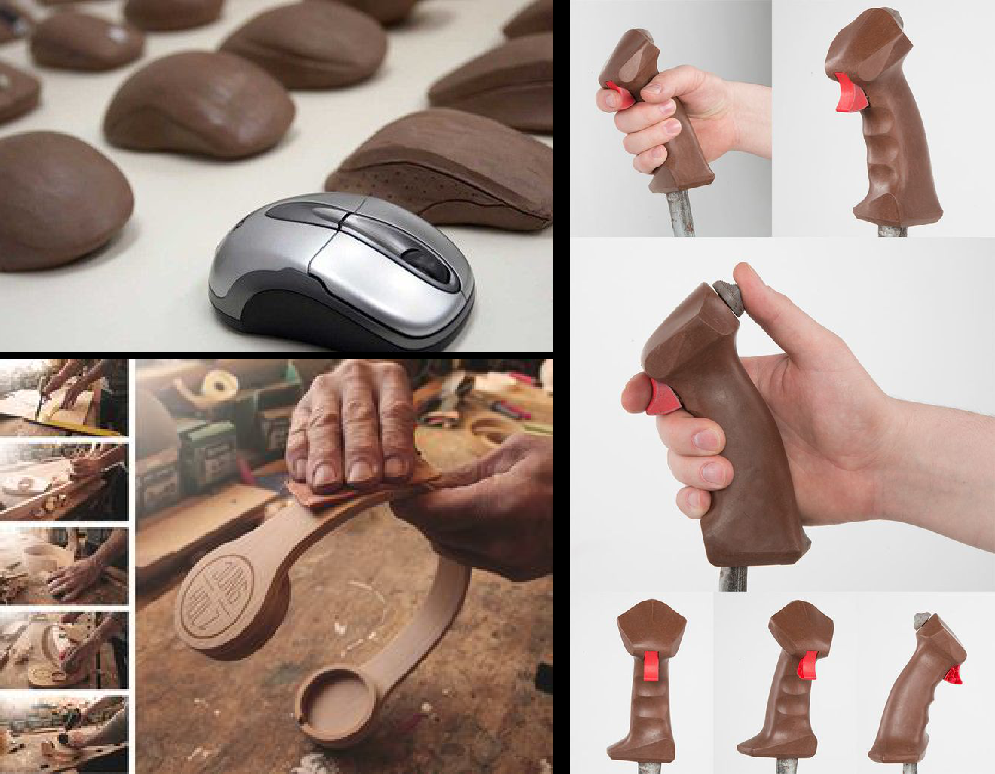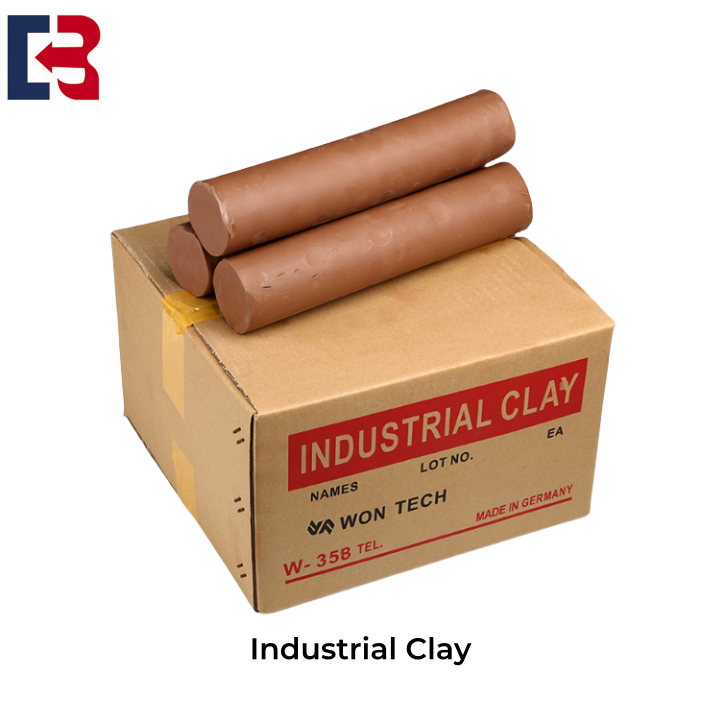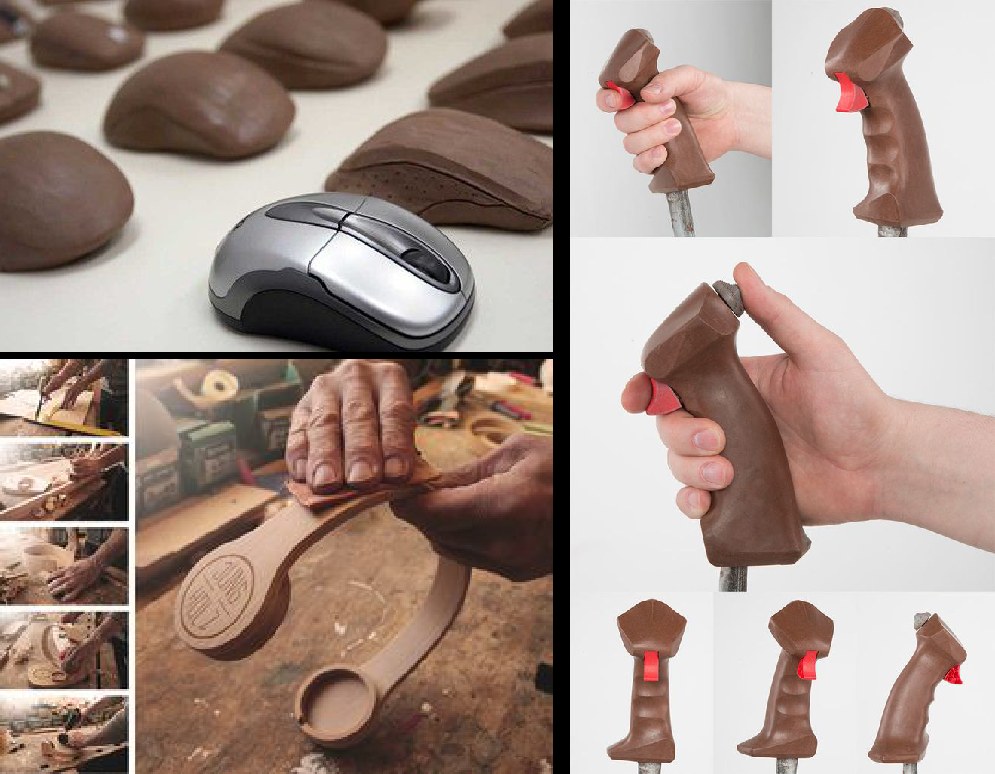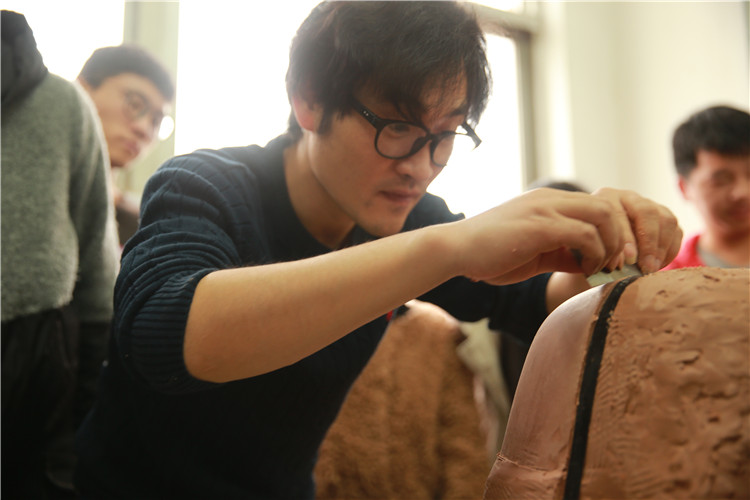
 Apr 01,2024
Apr 01,2024
 BOMI SHANGHAI
BOMI SHANGHAI
 440
440
Clay modeling is an essential step in motorcycle design, helping designers bring their ideas into three-dimensional form. This process relies on a variety of specialized tools, each suited to specific tasks in shaping, smoothing, and detailing the clay surface.
The most commonly used are cutting and shaping tools. Straight scrapers with rectangular blades are used to define flat and gently curved surfaces, while serrated scrapers remove excess clay quickly during rough shaping. Curved and egg-shaped scrapers help refine concave and rounded areas, creating smooth transitions. Smaller tools like triangular or trapezoidal scrapers are ideal for working in narrow spaces and adding fine details. Wire-shaped scrapers, made of bent and sharpened steel wire, are used for delicate work in tight corners and intricate features such as grilles.
Flexible blades, or scraping sheets, made from thin stainless steel, are widely used for smoothing and finishing surfaces. They can be bent to fit complex curves, making them especially useful for final surface refinement.
For accuracy and symmetry, designers use auxiliary measuring tools. A contour gauge, or needle gauge, captures the profile of a curve and replicates it on the opposite side. A symmetry rig ensures that both sides of the model are perfectly balanced. The adjustable platform beneath the model allows for ergonomic working height and easy rotation for better access to all angles.
To keep the clay in optimal condition, heating and recycling equipment are also essential. Clay ovens warm the material to make it soft and workable. Clay extruders produce uniform strips for application, while vacuum recyclers remove air bubbles and restore used clay to like-new quality.
These tools work together to support the creative process, enabling designers to transform ideas into precise, tangible models. Choosing and mastering the right tools is key to achieving the desired surface quality, accuracy, and efficiency in clay modeling.
